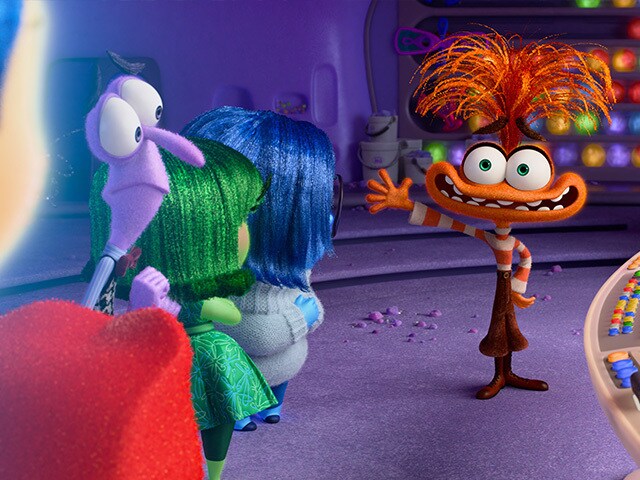How to Increase Emotional Intelligence with Pixar's Inside Out 2

Pixar’s Inside Out 2 is not just another animated kids movie; it’s a crash course on emotional intelligence. It’s funny, brilliant, entertaining, and heartwarming all at the same time.
The Role of Emotions
The struggles we face daily often come down to how our emotions respond to our circumstances. Our emotions either drive us into action or freeze us in our tracks. Sometimes this is helpful, but other times it’s not. Even when we logically know how we should respond, our emotions don’t always get the memo and thus can lead us to behave in a way which actually does not line up with our long term goals and ambitions.
Conscious and Subconscious Mind
Our mind has two parts: the conscious mind and the subconscious mind. The conscious mind is our logical mind, the decision-maker, the Captain of the Ship. The subconscious mind is where our emotions, imagination, and beliefs reside. It’s the crew that steers and sails the ship. Inside Out delves into the workings of the subconscious mind and our beliefs as illustrated with the Belief Tree.
Inside Out: From Joy to Anxiety
In the first Inside Out, Riley didn’t have a Captain yet. As children, we process things mainly through our subconscious mind, which is why you see Joy taking the helm. But as Riley grew older in the second movie, new emotions came on board (Anxiety, Embarrassment, Envy and Boredom), and the team struggled to adapt to change and work together effectively.
Understanding Anxiety
Anxiety is portrayed as an antagonist in the movie, reflecting how many people struggle with it daily. Anxiety’s job is to protect us from unseen dangers and remind us of important matters. For Riley, this meant making a good impression, getting on the team, and setting herself up for success in high school. However, as Anxiety took over controlling the ship, its “what if” scenarios became more extreme and irrational, leading to sleepless nights and an eventual panic attack.
The Impact of Beliefs
Inside Out 2 shows how beliefs can shape our actions. Anxiety planted the “I’m not good enough” belief, intending to drive Riley to improve. However, this belief backfired, causing her to freeze instead. This is a common issue; beliefs formed in heightened emotional states can either motivate us or hold us back.
If your belief of not being good enough has stopped you from trying, remember that no one wakes up perfect at anything. Everyone starts somewhere, learning through trial and error. On the other hand, if someone else’s opinion makes you feel inadequate, remember that no one knows you better than you know yourself.
Changing Beliefs
The belief tree metaphor in Inside Out 2 is powerful. For Reily as a child, positive beliefs were installed by Joy, like “I’m a good person” or “I’m smart.” But when Anxiety takes over, new negative beliefs, such as “I’m not good enough,” can take root. This movie shows that beliefs can be changed, a principle central to hypnotherapy and what I do as a Control Practitioner. Updating old, unhelpful beliefs can lead to positive change in order to be successful in achieving your goals.
Final Thoughts
Inside Out and Inside Out 2 should not be dismissed as mere children’s movies. They offer profound lessons on managing our emotions. Every human being who interacts with others can benefit from these insights. All emotions have an important role to play in keeping us safe and happy but ultimately they do not get to decide who we are or what we do. That’s the Captain’s job. When Joy and Anxiety let go of their control of the ship, and accept that they have to listen to Reily, The Captain, the ship starts sailing again.
If you’re having trouble getting your crew to listen to the captain, contact me to see how I can help.
